(61) Andmesubjekti isikuandmete töötlemist käsitlev teave tuleks anda talle juhtumi asjaoludest olenevalt kas andmesubjektilt andmete kogumise ajal või mõistliku ajavahemiku jooksul, juhul kui andmeid hangitakse muust allikast. Kui isikuandmeid võib õiguspäraselt avaldada muule vastuvõtjale, tuleks andmesubjekti sellest teavitada andmete esmakordsel avaldamisel. Kui vastutav töötleja kavatseb isikuandmeid töödelda muul eesmärgil kui see, milleks neid koguti, peaks vastutav töötleja esitama andmesubjektile enne andmete edasist töötlemist teabe kõnealuse muu eesmärgi kohta ja muu vajaliku teabe. Kui andmesubjektile ei saa esitada isikuandmete päritolu, sest kasutatud on mitut allikat, tuleks esitada üldteave.
(61) The information in relation to the processing of personal data relating to the data subject should be given to him or her at the time of collection from the data subject, or, where the personal data are obtained from another source, within a reasonable period, depending on the circumstances of the case. Where personal data can be legitimately disclosed to another recipient, the data subject should be informed when the personal data are first disclosed to the recipient. Where the controller intends to process the personal data for a purpose other than that for which they were collected, the controller should provide the data subject prior to that further processing with information on that other purpose and other necessary information. Where the origin of the personal data cannot be provided to the data subject because various sources have been used, general information should be provided.
(62) Teabe esitamise kohustust ei ole siiski vaja kehtestada juhul, kui andmesubjektil on see teave juba olemas, juhul, kui isikuandmete dokumenteerimine või avaldamine on õigusnormides selgelt sätestatud või kui andmesubjekti teavitamine osutub võimatuks või nõuaks ebaproportsionaalselt suurt jõupingutust. Viimati nimetatu võib osutuda eriti asjakohaseks juhul, kui andmeid töödeldakse avalikes huvides toimuva arhiveerimise, teadus- või ajaloouuringute või statistilisel eesmärgil. Sellisel juhul tuleks arvesse võtta andmesubjektide arvu, andmete vanust ja kõiki asjakohaseid vastuvõetud kaitsemeetmeid.
(62) However, it is not necessary to impose the obligation to provide information where the data subject already possesses the information, where the recording or disclosure of the personal data is expressly laid down by law or where the provision of information to the data subject proves to be impossible or would involve a disproportionate effort. The latter could in particular be the case where processing is carried out for archiving purposes in the public interest, scientific or historical research purposes or statistical purposes. In that regard, the number of data subjects, the age of the data and any appropriate safeguards adopted should be taken into consideration.
(63) Selleks et olla töötlemisest teadlik ja kontrollida selle seaduslikkust, peaks andmesubjektil olema õigus tutvuda isikuandmetega, mis on tema kohta kogutud, ja seda õigust lihtsalt ja mõistlike ajavahemike järel kasutada. See hõlmab andmesubjektide õigust tutvuda oma terviseandmetega, näiteks oma tervisekaardile kantud andmetega, mis sisaldab sellist teavet nagu diagnoos, arstliku läbivaatuse tulemus, raviarstide hinnangud ning mis tahes teostatud ravi ja sekkumised. Igal andmesubjektil peaks seega olema õigus teada eelkõige isikuandmete töötlemise eesmärke, võimaluse korral isikuandmete töötlemise ajavahemikku, isikuandmete vastuvõtjaid, isikuandmete automaatse töötlemise loogikat ja sellise töötlemise võimalikke tagajärgi (vähemalt juhul kui töötlemine põhineb profiilianalüüsil) ning saada eelneva kohta teate. Võimaluse korral peaks vastutav töötleja saama anda kaugjuurdepääsu turvalisele süsteemile, kus andmesubjekt saab otse tutvuda oma isikuandmetega. See õigus ei tohiks kahjustada teiste isikute õigusi ega vabadusi, sealhulgas ärisaladusi ega intellektuaalomandit ning eelkõige tarkvara kaitsvat autoriõigust. Sellise kaalutlemise tulemus ei tohiks aga olla andmesubjektile teabe andmisest keeldumine. Kui vastutav töötleja töötleb suurt hulka andmesubjekti käsitlevat teavet, peaks vastutav töötleja saama paluda, et andmesubjekt täpsustaks enne andmete esitamist, millise teabe või milliste isikuandmete töötlemise toimingutega taotlus seotud on.
(63) A data subject should have the right of access to personal data which have been collected concerning him or her, and to exercise that right easily and at reasonable intervals, in order to be aware of, and verify, the lawfulness of the processing. This includes the right for data subjects to have access to data concerning their health, for example the data in their medical records containing information such as diagnoses, examination results, assessments by treating physicians and any treatment or interventions provided. Every data subject should therefore have the right to know and obtain communication in particular with regard to the purposes for which the personal data are processed, where possible the period for which the personal data are processed, the recipients of the personal data, the logic involved in any automatic personal data processing and, at least when based on profiling, the consequences of such processing. Where possible, the controller should be able to provide remote access to a secure system which would provide the data subject with direct access to his or her personal data. That right should not adversely affect the rights or freedoms of others, including trade secrets or intellectual property and in particular the copyright protecting the software. However, the result of those considerations should not be a refusal to provide all information to the data subject. Where the controller processes a large quantity of information concerning the data subject, the controller should be able to request that, before the information is delivered, the data subject specify the information or processing activities to which the request relates.

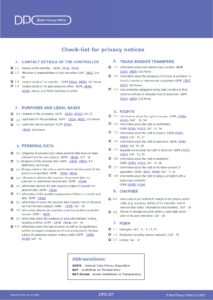

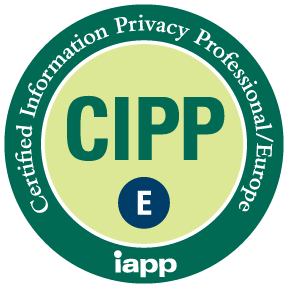
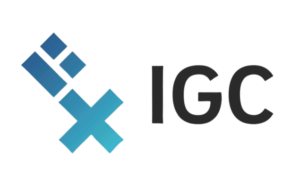
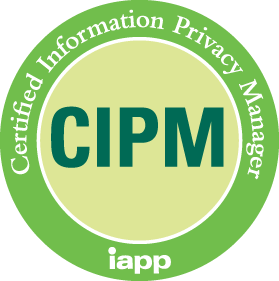
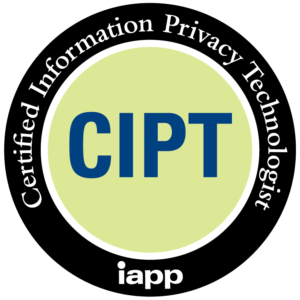





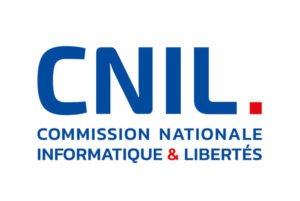
(EN) ISO/IEC 27701, adopted in 2019, added additional ISO/IEC 27002 guidance for PII controllers.
Here is the relevant paragraph to article 13(2)(a) GDPR:
7.4.7 Retention
Control
The organization should not retain PII for longer than is necessary for the purposes for which the PII is processed.
Implementation guidance
The organization should develop and maintain retention schedules for information it retains, taking into account the requirement to retain PII for no longer than is necessary.
…
Logi sisse
terviktekstile juurdepääsuks